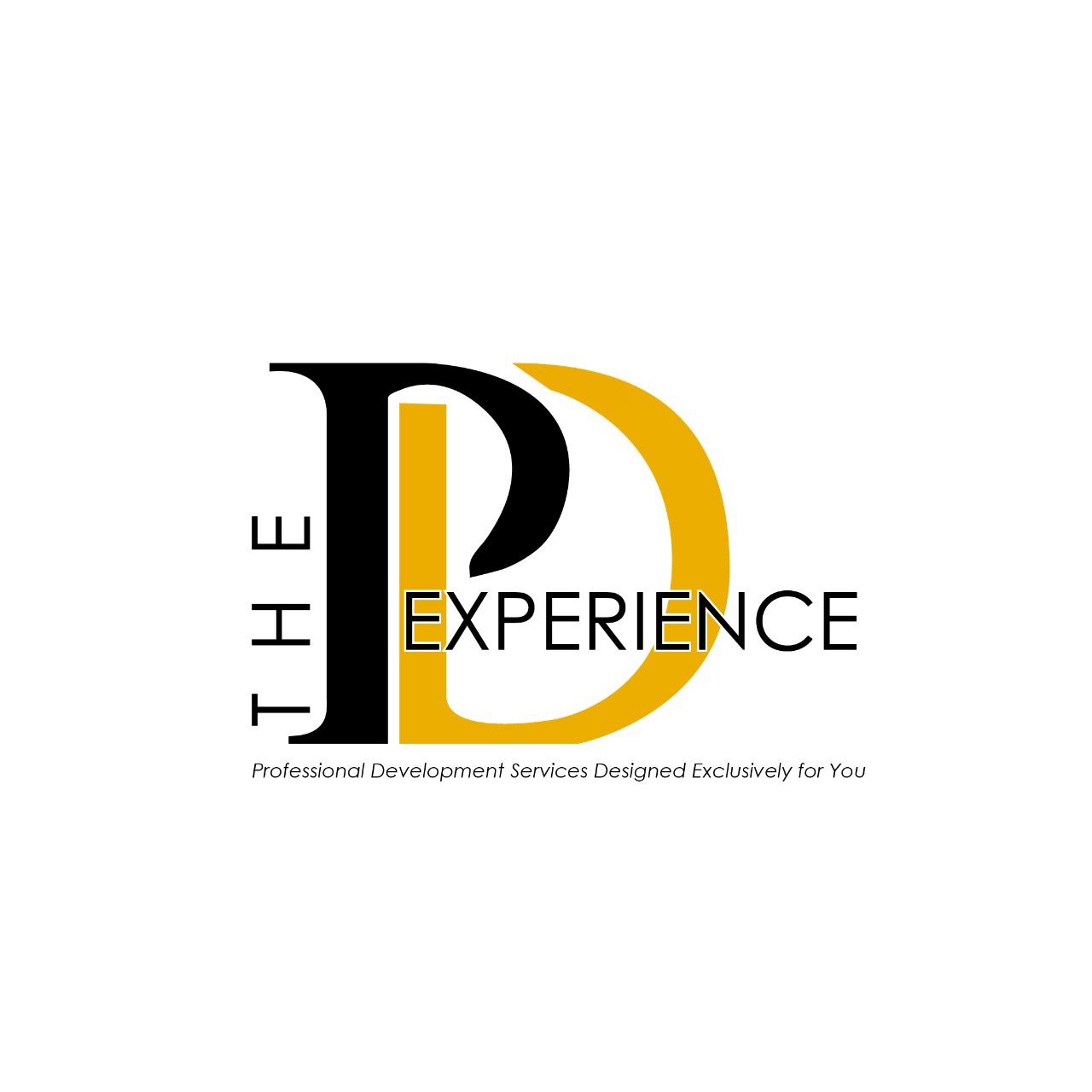Was a Blind spot, but Now I See
- Dr. Pamela Davis

- Mar 28, 2021
- 3 min read

Have you ever noticed how much of your view is blocked by the side view mirror of your car?
A person, an object, or even a whole set of cars can be obscured by a little ole side view mirror.
My very first car was a mustang. My parents, grandparents and great-grand parents chipped in to buy for me. The very first car I purchased was a silver 1996 mustang. I suppose because it was my first purchase, I wanted to take good care of it, so I read the owner's manual. Well, ...not the whole thing - I skimmed it. It was somewhere near the beginning of the manual where there was a whole section labeled blind spots. This section of the manual pointed out the areas within the car that posed blind spots based on the design of the car. Essentially, the manual was giving me fair warning that I needed to take extra pre-caution for people, objects, and cars that could be blocked.
Reading this section of the manual truly heightened my awareness about driving. It caused me to focus on looking for objects in my blind spot and to also be conscious of when I'm in another driver's blind spot.
Blind spots are not just limited to driving. In our day-to-day communication and interaction with others, we experience the debilitating challenges of blind spots.
Blind spots block your view - they prevent you from seeing things that are right in front of you.
Blind spots place you at a disadvantage - others see know and see things about you that you do not know.
Blind spots threaten your safety - you risk endangering yourself and others.
Blind spots cause you to miss opportunities - you are unable to recognize viable options.
These challenges present themselves across all facets of our lives. On the home front, the blind spot could be that a Mom is unaware that she yells a lot. At work, a colleague's blind spot might be that they accept more responsibility than they can handle, trying to be helpful. Within your friend circle, someone displays signs of taking everything personal. In isolation, these examples may seem small. When they're in full play however, failure to acknowledge these blind spots can compromise a home, work environment, and friendships.
How do you identify blind spots? You identify blind spots through feedback. This can be direct feedback wherein you're asking for it from a trusted friend or group. It is as simple as asking, what is something that you recognize about me that gets in the way of me being my best?. You have to be prepared to receive the feedback. If this is a trusted friend, they undoubtedly want to see you do well and they are sharing with good intentions. Be open to listen and do not feel obligated to respond. Just listen and take some time to process what you hear.
The feedback you receive about your blind spots could also come indirectly. I love the idea of getting together with friends and going out - to dinner, shopping, short day trip. But the reality is, in the past, I have consistently declined invitations. As a result, people go on without me. What's the blind spot? I want to be invited, but I'm saying no when I get invited (and sometimes, I've been non-responsive). Who wants to continue inviting someone that consistently declines the invitation? My blind spot is that if I really want to connect with others for dinner or other activities, I've got to make that known. My past behavior has really been saying, "I'm too busy" or "I don't want to be bothered". This really is not the case.
In my earlier example about driving, the blind spots in my car had been identified for me. That's not the case in day-to-day interaction with others. You discover your blind spots through feedback from the people you interact with. The best way to reduce the effects of your blind spot is deepening your self-awareness, maintaining a willingness to receive feedback from others, and surrounding yourself with critical friends.








Comments